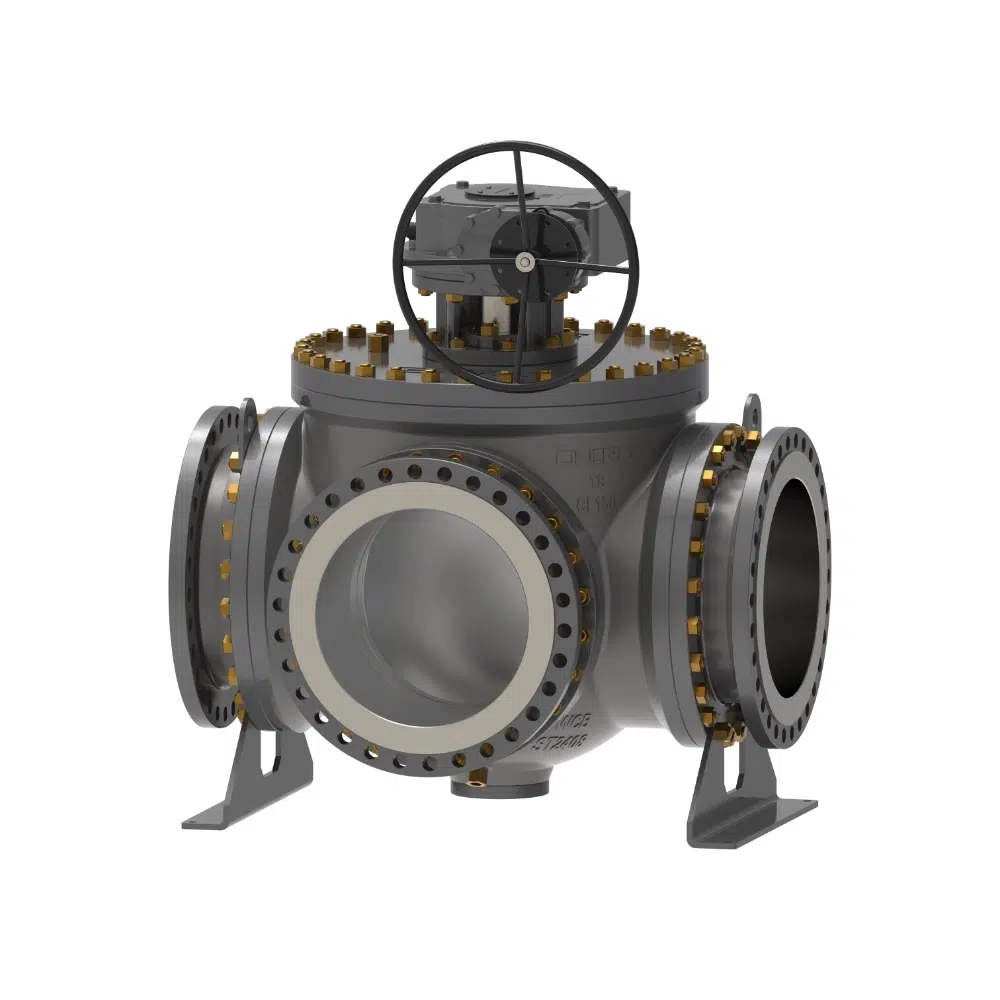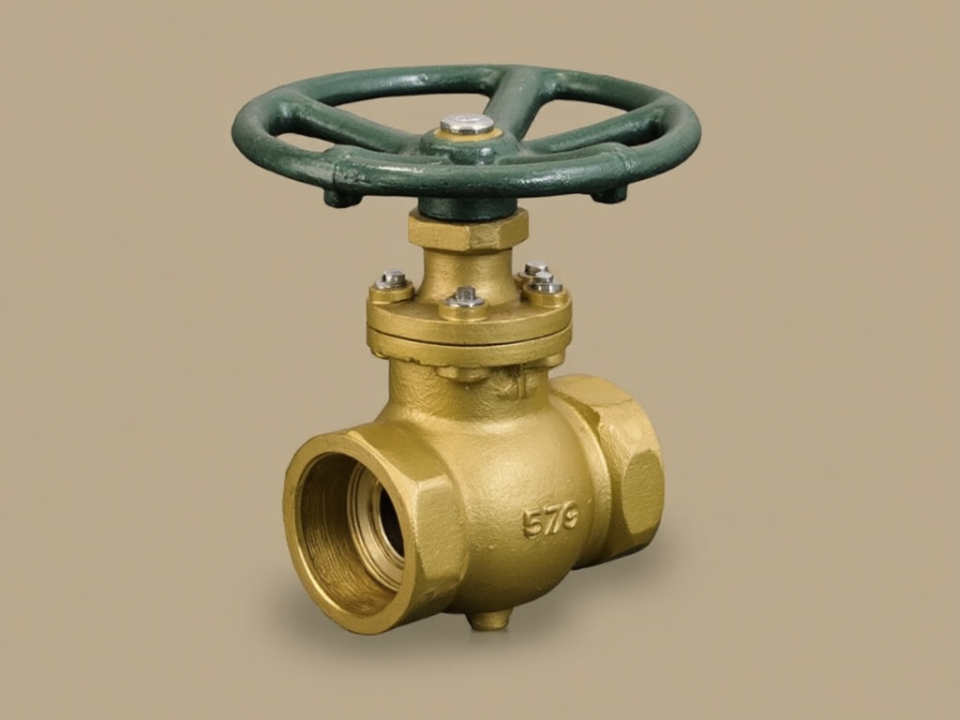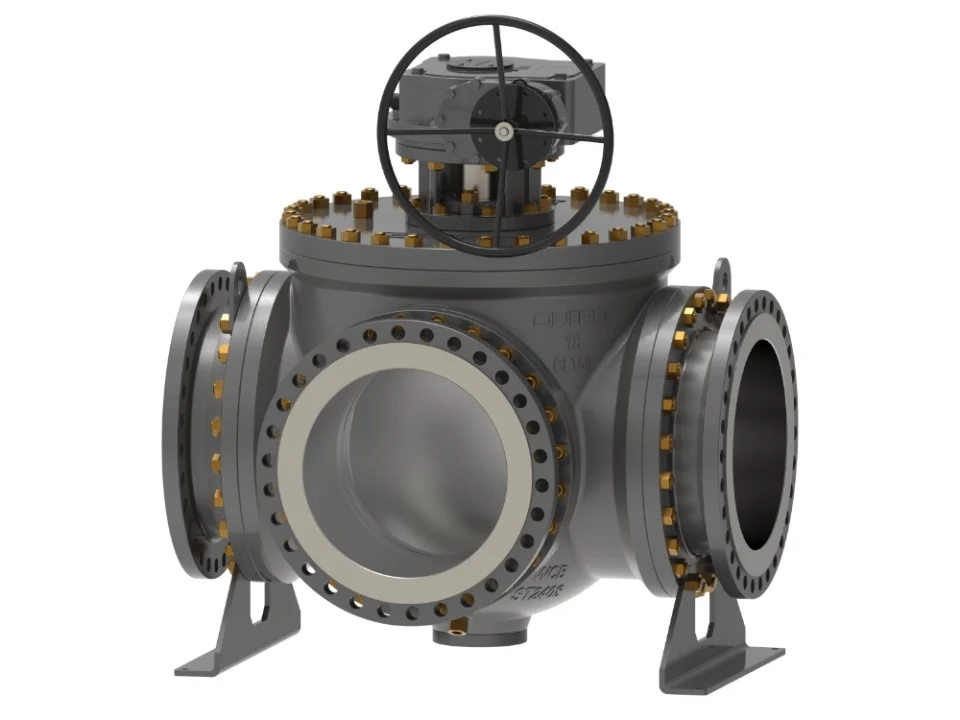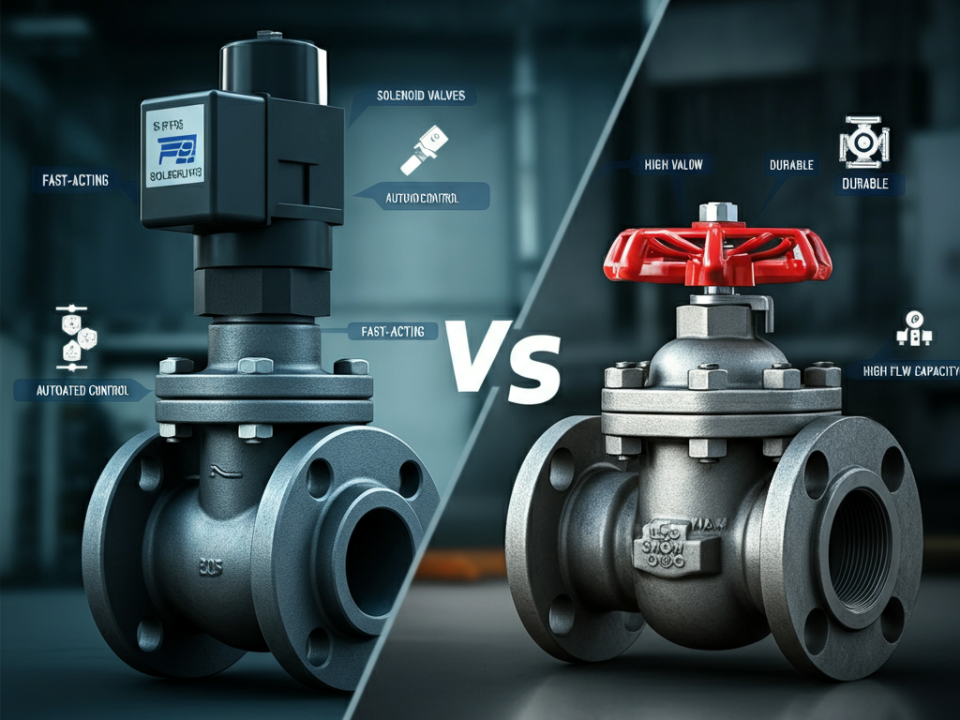The 3-way ball valve is a versatile and essential component in fluid control systems. Whether you’re managing water flow in plumbing, mixing chemicals in manufacturing, or optimizing HVAC systems, understanding how this valve works and its applications can make a difference.
This guide will teach you all about the 3-way ball valve, including how it works, its different types, and where it’s used. Keep reading to discover how this handy tool makes it easier to control the flow of liquids and gases in many different systems.
What Is a 3-Way Ball Valve?
A 3-way ball valve has three ports (or openings) that allow the flow of fluids or gases to be redirected, mixed or stopped. The valve contains a rotating ball inside with pathways cut into it, which align with the ports to control flow direction.
Key Takeaways:
- Multiport Design: It has three ports for flexible flow control.
- Flow Control: It can divert, mix, or shut off fluid or gas flow.
- Versatile Use: Ideal for various industries like HVAC, manufacturing, and plumbing.
How Does a 3-Way Ball Valve Work?
The mechanism is straightforward. A handle or actuator rotates the ball inside the valve body, aligning its internal pathways with the valve’s inlets and outlets. The flow can be directed differently depending on the type (L-Port or T-Port).
L-Port Configuration:
- The ball’s L-shaped pathway allows fluid to flow between two ports while blocking the third.
- It is commonly used to switch between two sources or redirect flow to different outlets.
T-Port Configuration:
- The ball’s T-shaped pathway can direct flow between all three ports or mix flows from two inlets.
- Perfect for applications requiring simultaneous flow through multiple pathways.
Pro Tip: Look for the arrow indicator on the valve’s handle to identify flow direction at a glance.
Types of 3-Way Ball Valves
Understanding the different types of 3-way ball valves is essential for choosing the right valve for your needs. Here’s a detailed look at the two main types:
- L-Port Valves
- Function: L-Port valves are designed to switch between two outlets and fully shut off the flow, making them perfect for on-off control in various systems.
- Common Uses: Ideal for alternating flow between tanks or pumps and ensuring pathway changes without leaks.
- T-Port Valves
- Function: T-port valves facilitate the mixing or distribution of flow across all three ports but require additional valves to stop the flow completely.
- Common Uses: It is best suited for mixing different media, such as chemicals, or simultaneously distributing fluids like water to multiple outlets.
Advantages of the 3-Way Ball Valve
The 3-way ball valve is a popular choice for various applications due to its numerous benefits:
- Versatility: The 3-way ball valve performs mixing, diverting, and complete shut-off with a single valve, streamlining fluid management tasks.
- Compact Design: Combines multiple functions into one unit, reducing space and simplifying system complexity.
- Ease of Operation: Simple handle or actuator mechanisms allow quick and efficient flow path changes, boosting system responsiveness.
- Durability: Built to resist high pressures and temperatures, ensuring reliability and reducing the need for frequent replacements.
- Cost-Efficiency: Merging several functions into one valve lowers installation and maintenance costs, providing economic benefits for system setups and upgrades.
Applications of the 3-Way Ball Valve
The 3-way ball valve is versatile, serving many functions across different sectors:
- Industrial: This valve manages the flow of fluids and gases in factories. It adjusts pressure and efficiently directs operations.
- HVAC: In heating and cooling systems, it controls how air or water moves, helping maintain comfortable temperatures.
- Water Treatment: This valve is crucial for guiding water through various cleaning stages in treatment facilities.
- Food and Beverage: It blends or routes liquid ingredients on production lines, which is essential for consistent product quality.
- Plumbing: It redirects water flow for homes and businesses, crucial for system repairs or upgrades.
Each application effectively leverages the 3-way ball valve’s ability to control different pathways, enhancing system functionality and reliability.
Choosing the Right 3-Way Ball Valve
Selecting the right 3-way ball valve involves key considerations for optimal performance:
- Flow Requirement: Choose an L-port for directional changes or a T-port for mixing or splitting flows.
- Material: Stainless steel is durable and corrosion-resistant, ideal for harsh environments. Brass is ideal for high temperatures in water systems, while PVC, due to its affordability and lightweight, suits chemical, acidic, or alkaline conditions.
- Port Size: Match the valve size with your piping to prevent leaks and ensure system efficiency.
- Pressure and Temperature Ratings: Select a valve that can handle your system’s pressure and temperature. Different materials vary in their capacity to withstand these factors.
- Operation Method: Use manual valves for easy-to-access areas. Choose motorized or actuated valves to automate the system and improve flow control in hard-to-reach locations.
Conclusion: Why Choose ONERO Valve?
ONERO Valve excels in innovation and quality, with over three decades of expertise in valve manufacturing. Our products, including Floating Ball Valves and Trunnion Ball Valves, meet rigorous standards backed by ISO9001, ISO14001, ISO45001, CE, and API1607 certifications. Whether it’s high-pressure stability or compact design, ONERO provides advanced solutions for diverse industry needs. Trust ONERO Valve for reliability and cutting-edge technology in valve manufacturing. Explore our products or contact us today for more information.
Reference
What are the Different Types of 3-way Ball Valves?




